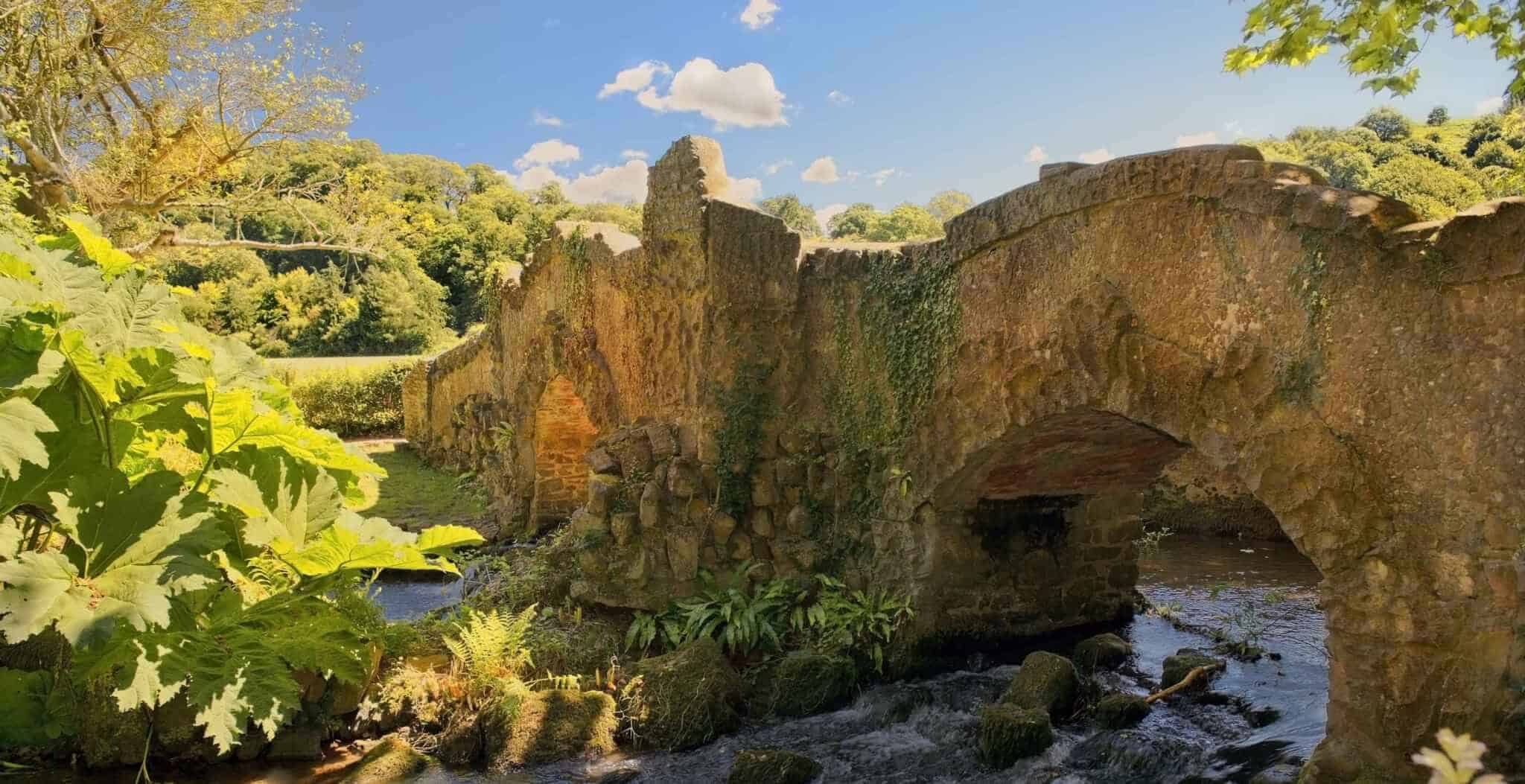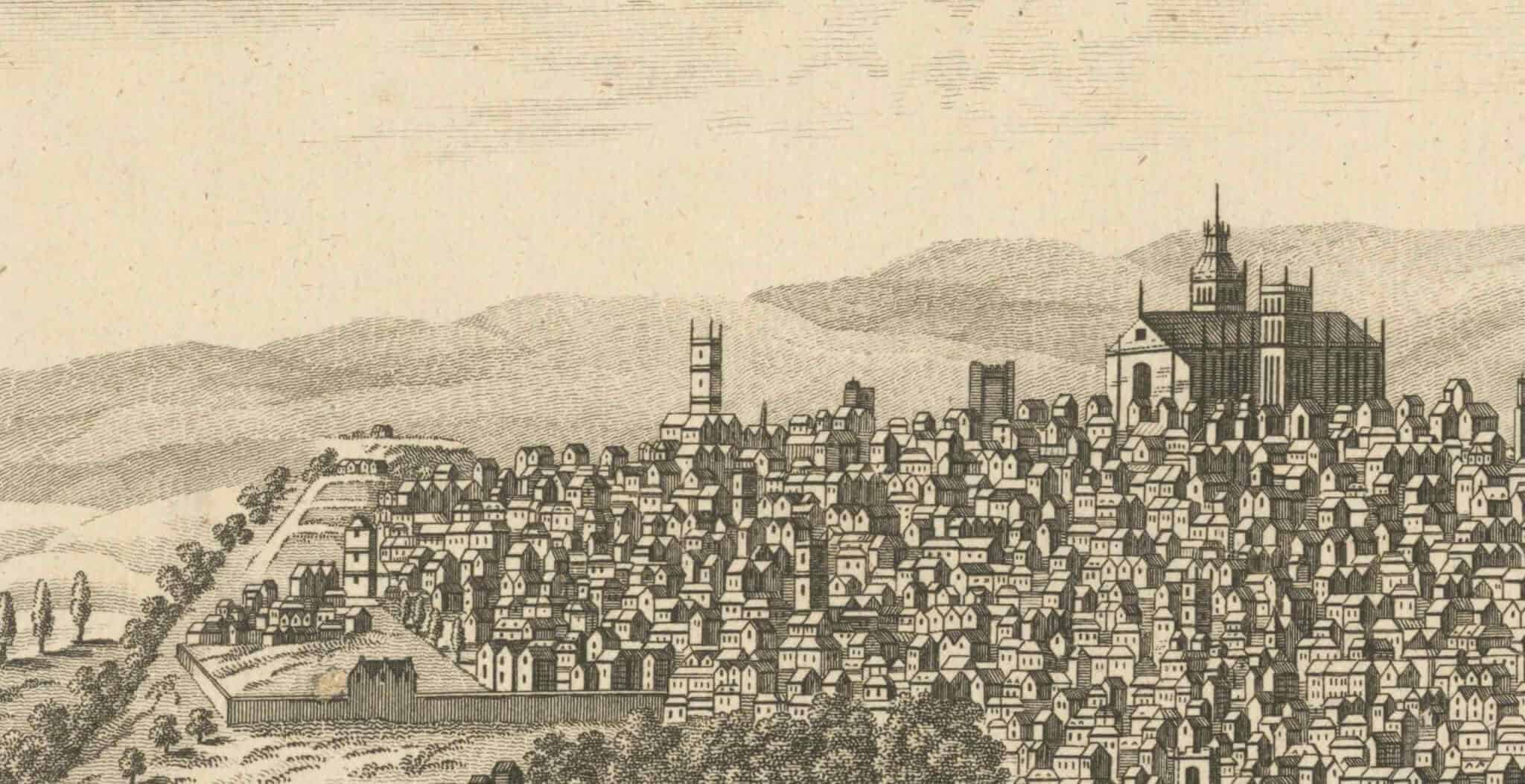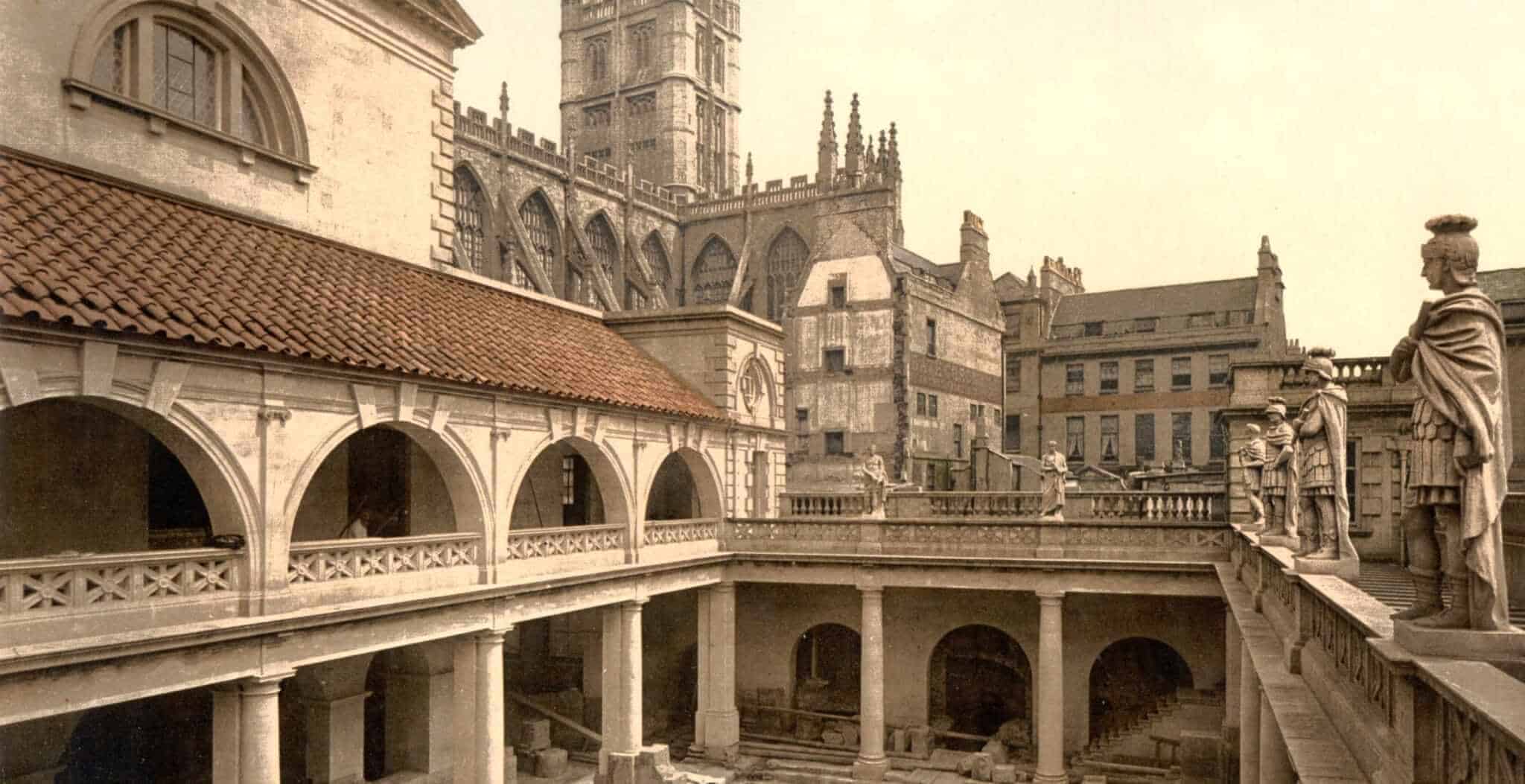Located just off the A39, three miles from the seaside resort of Minehead and at the edge of Exmoor, you will find one of the prettiest small towns in England – Dunster.
Dunster has it all – an historic castle overlooking the town, a working water mill, a picturesque packhorse bridge and ford, elegant 15th century parish church, unique octangular Yarn Market and a long main street lined with 17th to 19th century buildings, now teashops, inns, hotels and gift shops.
Many of the town’s buildings are picture-book thatched cottages, with roses around the door and colourful cottage gardens.
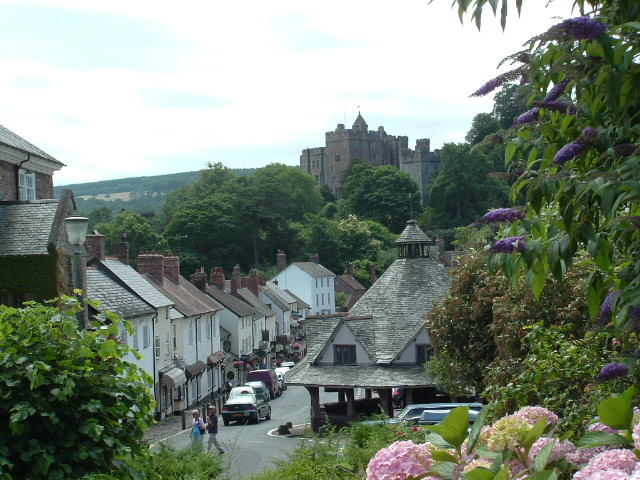
The town received its Charter from Reginald de Mohun shortly after the Norman Conquest. During the 12th century Dunster thrived as a trading port, known as Dunster Haven. However the sea retreated and Dunster, now high and dry, turned to the wool trade for its living. The beach at Dunster is now a mile or so from the town.
Local cloth was known as “Dunsters”. In the centre of the town you find the unusual octangular Yarn Market, built in 1609 to shelter traders and their wares from the weather. Damaged during the Civil War, it was restored in about 1647.
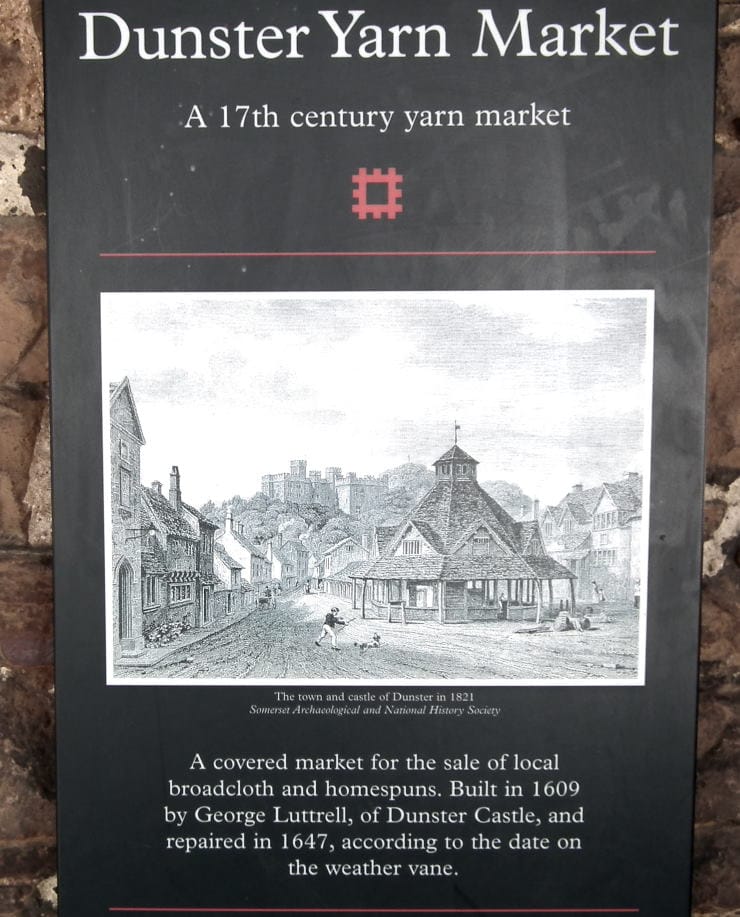
Dunster Castle dominates the town. Dramatically sited on a wooded hill, a castle has existed here since at least Norman times. The 13th century gatehouse survives, and the present building was remodelled in 1868-72 by Antony Salvin for the Luttrell family, who lived here for over 600 years. In 1976 the castle and most of its contents was given to the National Trust.
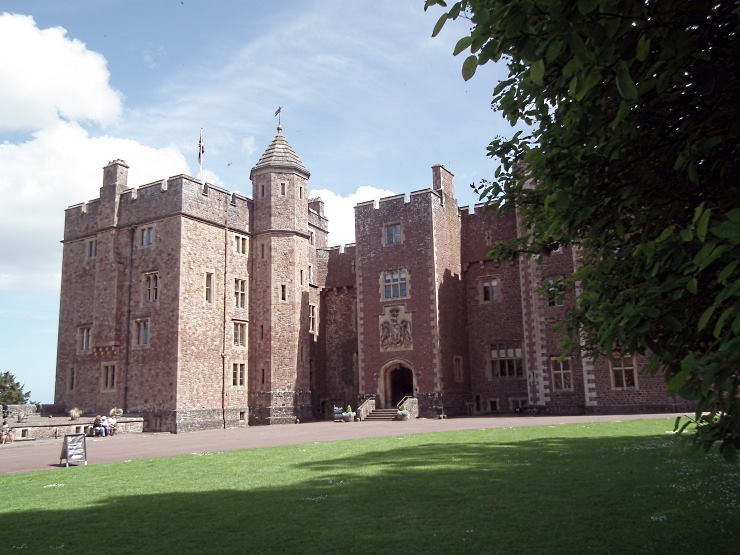
Below the Castle is St. George’s Church which dates mainly from the early 15th century. The church contains many beautiful features, the finest being a rood-screen which stretches the full width of the building.
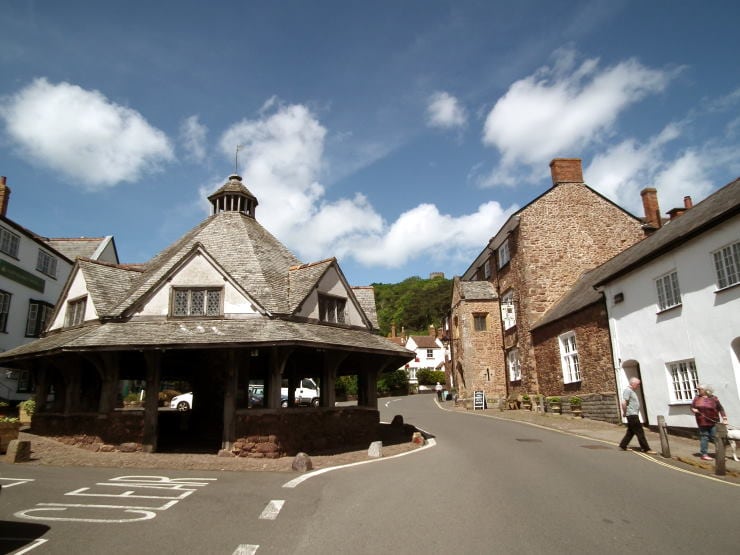
Stroll down the main street (watch out for the traffic!) past the church and the castle, and follow the signs to the watermill. This is a working mill (entrance fee) and next to it is a pretty little tearooms with garden by the mill stream.
Wander down the lane next to the tearooms, past some romantic thatched cottages, and you will come to a small bridge and ford. This is Gallox Bridge, a medieval packhorse bridge crossing the river Avill.
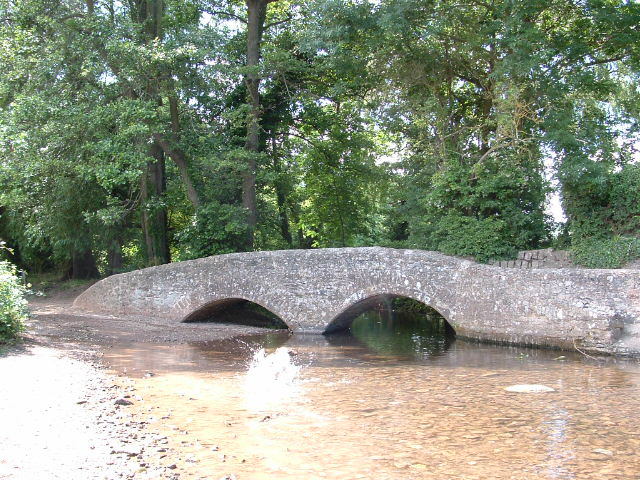
For railway enthusiasts, the West Somerset Steam Railway Station is on the outskirts of the town. The railway runs for 20 miles from Bishops Lydeard to Minehead through glorious Somerset scenery beside the Quantock Hills to the Bristol Channel coast. There are ten restored stations along the route, including Dunster; many have signalboxes, engine sheds, museums, displays, steam engines and other rolling stock to see.
Medieval Dunster is a superb base for exploring the beautiful North Somerset coast, the pretty inland villages with their thatched cottages and ancient inns, dramatic Exmoor and Lorna Doone country.
Dunster by Candlelight takes place every year on the first Friday and Saturday in December when this remarkably preserved medieval village turns its back on the present and lights its streets with candles. To mark the beginning of the festival on Friday at 5pm, there is the Lantern Lighting Procession that starts on the Steep and continues through the village until all the lanterns in the streets have been lit. The procession of children and their families is accompanied by colourful (and tall!) stiltwalkers in fantastic costumes who put up the lanterns.
Dunster is easily accessible by both road and rail, please try our UK Travel Guide for further information.
